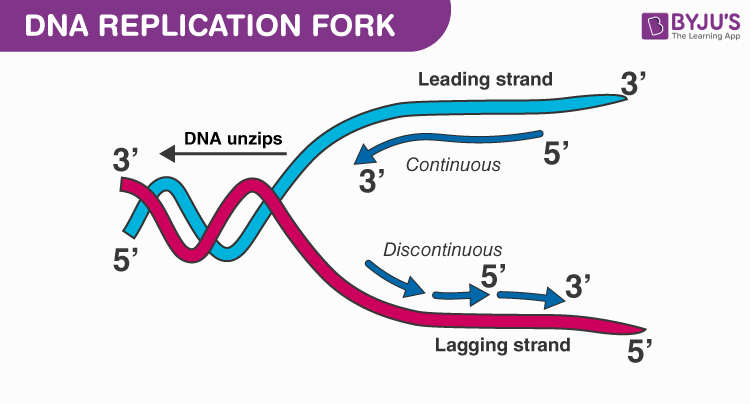What is a Replication Bubble?
Replication is the process of doubling the DNA strands. The DNA strands are wound helically, therefore it is a separate task to process the strands for replication. The enzyme helicase is responsible for this separation. It breaks the hydrogen bonds between nitrogenous bases on the two antiparallel strands.
To prevent the strands from rejoining, proteins called single strand DNA binding proteins (SSB proteins) attach to both the strands. The separation of the DNA creates a tension in the DNA helix upstream of the separation, an enzyme called topoisomerase comes to rescue and relieves the tension by breaking the phosphodiester bonds and immediately rejoining them.
The process of replication is different in both prokaryotes and eukaryotes. The prokaryotes lack a true nucleus and have a circular DNA. The circular DNA replicates from a single origin, therefore only a single replication bubble is formed. Conversely, eukaryotic DNA is linear and replicates from several origins resulting in a number of replication bubbles. A replication bubble consists of two replication forks.
What is a Replication Fork?
The replication fork is a Y shaped prong-like structure that is formed in a replication bubble. There are two single strands formed as a result that act as a template for replication. One strand becomes the leading strand and the other becomes the lagging strand.

Replication occurs on both the strands in both directions. The replication fork acts as a site for the binding of DNA polymerase which is responsible for initiating replication.
Replication Bubble vs Replication Fork
|
Replication Bubble |
Replication Fork |
|
Description |
|
|
Replication bubble is a structure formed by the separation of two DNA strands by the helicase enzymes. |
Replication fork is a two line fork or prong-like structure that is formed in the replication bubble. |
|
Function |
|
|
The formation of a replication bubble leads to the formation of a replication fork which initiates replication. |
It acts as a site for the assembly of replication machinery. |
Stay tuned to BYJU’S Biology for more interesting topics.
Also Read:
- DNA Replication Process with Diagrams
- What Is the Unit of Replication?
- What is the origin of replication?
Frequently Asked Questions
How many replication forks are there in a replication bubble?
There are two replication forks in a replication bubble. They act as a template for replication, one is a leading strand and the other is a lagging strand.
What happens when two replication forks meet?
When two converging replication forks meet, the process of replication is terminated and DNA synthesis is complete.
What happens if replication is not terminated?
If replication is not terminated, it leads to genomic instability.
Comments